The Dung Beetle Ecosystem Engineers (DBEE) program is seeking partners to assist in the rearing, distribution and establishment of several new dung beetle species and strains across southern Australia with a goal of establishing an ongoing network of dung beetle suppliers and collaborators.
- Download EOI form (closing date 1st September 2022)
Background
Dung beetles are increasingly recognised as a vital part of profitable extensive grazing systems. They provide a range of important ecosystem services, many of which are critical to the environment as well as to livestock farming systems. An established community of dung beetles increases pasture production and carbon storage in soil, reduces nutrient runoff, and increases water infiltration. Parasite and fly populations are decreased by limiting the opportunities for livestock pest survival in the dung and ability to breed in fresh dung.
Australia has a long history of dung beetle importation, rearing and research that goes back to the 1960s, when it was recognised that we needed introduced dung beetle species to support the limited role played by native dung beetles on removing the huge volume of livestock dung. Due to the unique lifecycle and habits of each species of beetle (native and introduced) we rely on a combination of species in each region, with each having a seasonal and geographic role in managing the dung. The DBEE program has built on the previous research and aims to fill the existing spring seasonal and geographic gaps in the distribution of beetles across southern Australia. By introducing new dung beetle species and expanding the distribution of existing species we hope to maximise the potential benefits to producers and our environment.
A key goal of the DBEE program is to leave behind a legacy of beetle rearing and distributing networks across the country. With the program finishing in 2022 (and still so much work to be done) we want to ensure the skills, knowledge and most importantly beetles are passed on to groups in our cattle and sheep producing regions.
The five-year program has introduced three new species/ strains through stringent quarantine procedures and these need to be raised and released to naturally establish and disperse throughout southern Australia's livestock production regions. With your help we can ensure these new species and other recently introduced species are distributed and have an impact across our agricultural landscape.
Local Benefits
These partnerships are designed to setup groups to assist cattle and sheep producers focus on dung beetle bene- fits in their own paddocks, at a local level. With our help you will be able to:
- Understand the current range and activity of beetles across your local area as the first step in identifying the gaps in activity (geographically and timing wise).
- Plan resilience and redundancy in your localised beetle populations to ensure that the damage from future droughts and bushfires can be minimized and beetle populations bounce back rapidly.
- Collect and redistribute beetles from local sources in a safe and effective way.
- Support the introduction of new species in your area.
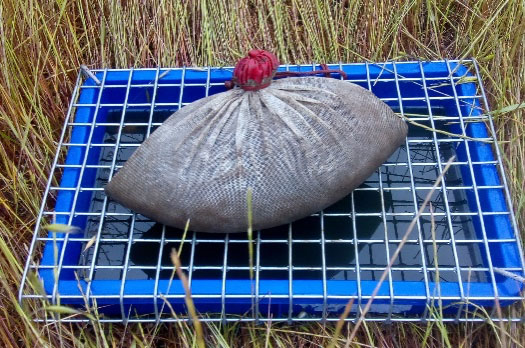
What do we want?
- Groups who can run beetle monitoring sites to provide information on activity gaps within specific regions (Figure 1).
- Groups committed to growing the knowledge of the importance of dung beetles in your area through sharing information and organising training opportunities.
- Groups willing to host on-farm beetle nurseries (Figure 2) as a way of multiplying the numbers of new species before they are released across your region.
- Groups able to identify potential sites for beetle release and then monitor these sites in future years to check for establishment.
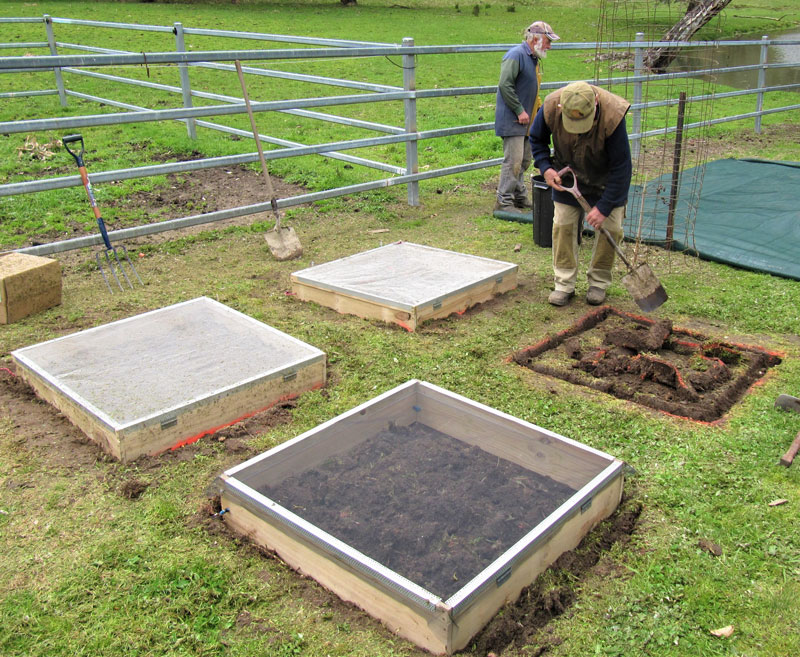
What can we offer?
-
The DBEE program will provide core training to key members of your group, including the opportunity to visit some of our operating sites (labs, rearing sites and field trials). We will provide all the materials and knowledge you will need to kick off, as well as networking you into regular chat sessions with other groups and key researchers.
- BEETLES! Whether it is starting colonies of current species (sourced from other groups) or new beetle species recently imported, we will be your link to getting the beetles you need in your area. DBEE have undertaken climate mapping as indicated in Figure 3, to select the most likely successful locations for the rearing and distribution of the nominated beetles.
- Our team can assist in the submission of grant applications for state and federal funding (e.g. SMART Farms).
- Please note that beetles cannot be sold for profit and the present EoI process should not be taken as a business opportunity or ‘side hustle’. Further details are provided in the Nagoya Protocol box below.
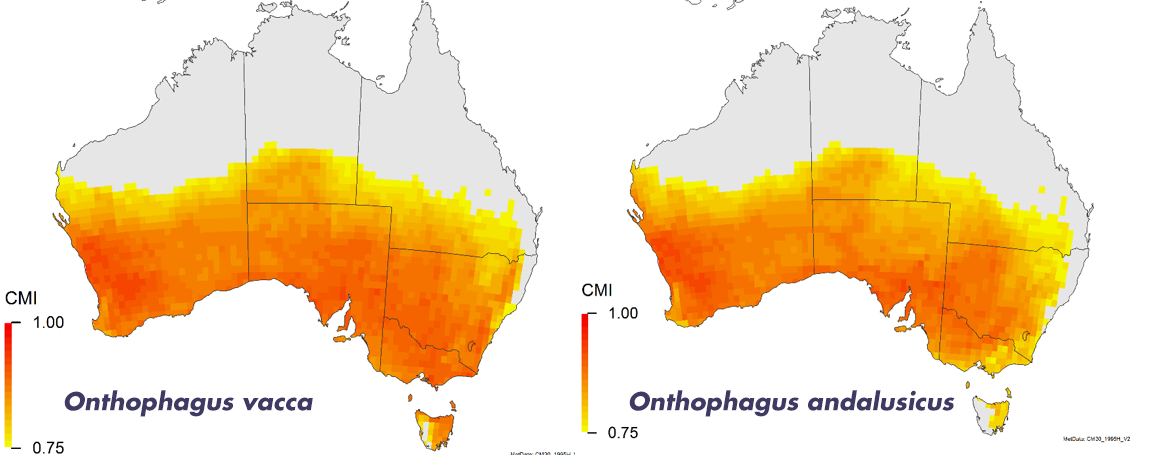
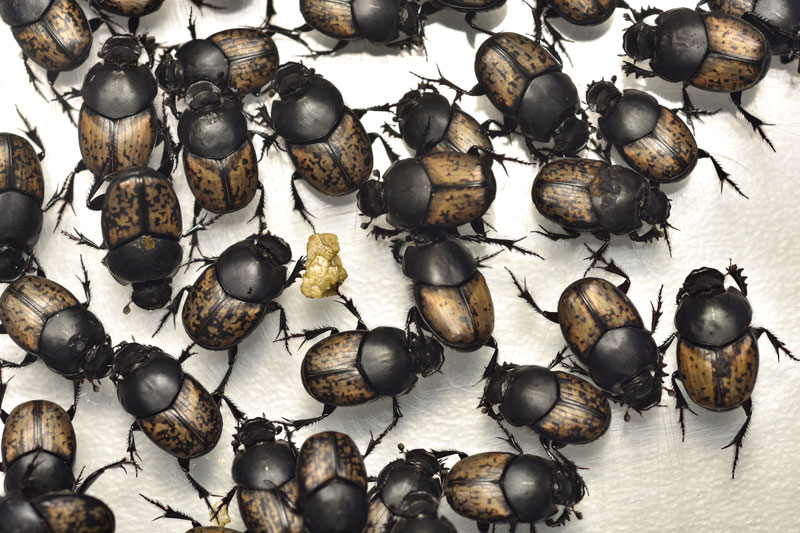
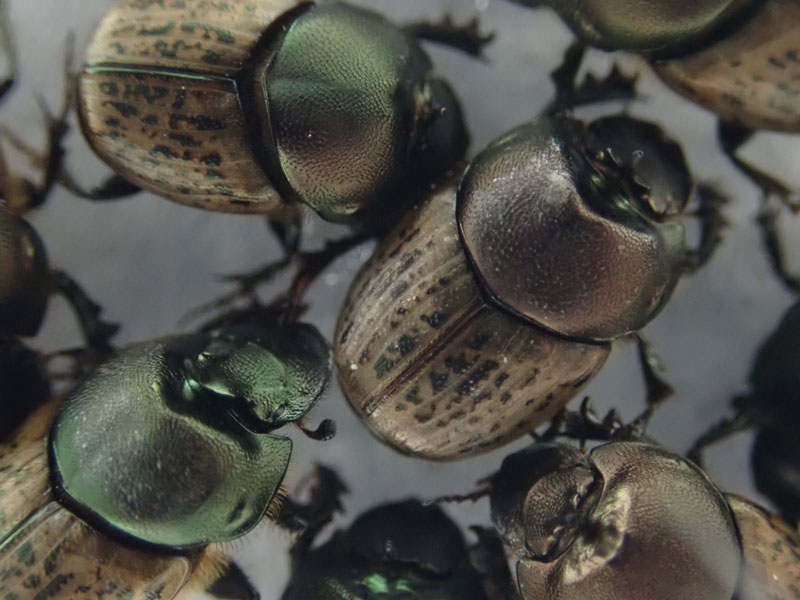
Nagoya Protocol: note to all prospective applicants
The new species introduced into Australia by CSIRO as part of the DBEE are subject to the Nagoya Protocol.
The Nagoya Protocol on Access to Genetic Resources and the Fair and Equitable Sharing of Benefits Arising from their Utilization (the Protocol) is a global agreement that implements the access and benefit-sharing obligations of the Convention on Biological Diversity (CBD). The Protocol establishes a legally binding framework that helps researchers access genetic resources for biotechnology research, development and other activities, in return for a fair share of any benefits from their use (Arts.10 and 18, Vienna Convention on the Law of Treaties 1969] http://ask.un.org/faq/14594 .
What does this mean?
Because Australia needs to continue to access insects, plant genetics and other materials from around the world, DBEE will be asking all collaborators to comply with the specific rules of the Nagoya Protocol in relation to commercialisation of the beetles and not sell beetles for profit.
As the beetles cannot be sold for profit, the present EoI process should not be taken as a business opportunity or ‘side hustle’. DBEE seek partners with a genuine interest in promoting dung beetles in their district. This can be done on a cost recovery basis under which reared beetles are supplied as part of a package that includes information and practical advice on how to get them established on each new site.